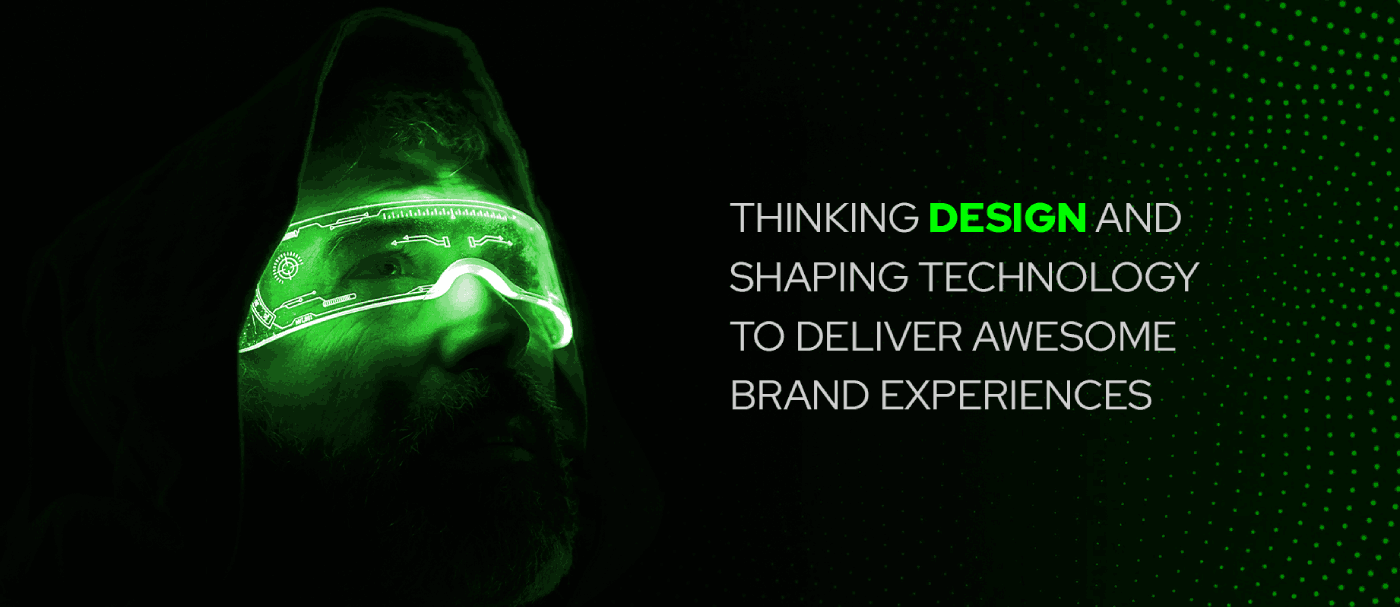

I did a very simple exercise with my eight-year-old son. We played a game that we created called ‘tell me the brand’. At this age, he has a sense of what the word ‘brand’ means. It’s used often in common parlance by his peers.
I showed him a few symbols that had no text that suggested the name of the brand.
‘It’s Starbucks’, he responded in excitement.
‘mmm McDonald’s ,
‘This one is so easy, Superman’.
8 out 10 of his responses were spot on. The unsuccessful 2 were either symbols of brands that he was not exposed to or could not relate to. By no means can this little experiment of ours be a statistic that can be generalized for research purposes. However, it is a significant reinforcement of the impact a recognizable symbol, a part of logo of a brand, can generate. Symbols resonate with us; they become deposits in our memory bank.
MANIFESTATION OF THE SYMBOL
It’s always been there and will always be there. But the playing field has changed.
Mankind has been known to communicate stories by using drawings that were used to connote specifics. This lead to the birth of symbols. We have seen the use of symbols through various civilizations. The symbol has a long, rich and immersive history and has progressed from being merely a sign to an intricate component of the logo unit.
The emergence of the logo as a unit weaves a dynamic between various elements that constitute this unit – the symbol, text of the name in stylized font and at times a supporting tagline. Colours are used to establish a distinction for the logo. But you may not find all these constituents at the same time in a logo unit. There are units that have less. Business owners, brand evangelists and strategic designers through the years have perfected the construct and placement of the logo across touch points through print, outdoor, point of purchase, environmental space, direct mail, packaging and now digital.
In today’s context, the digitalization wave has caused a tectonic shift in the visual representation and functional aspects of a logo.
THE DIGITAL ASSET
The digital world brings along its set of challenges. With the advent of new personal devices, real estate on the screen of these devices is shrinking. The logo is now compact, dynamic and functions in a unique way particularly witnessed on a device such as the mobile.
I am often asked the best way to design a logo or name a Brand that is best suited to the digital world. What is the best way to represent this Digital Asset particularly in a mobile device? There is no single prescription to this, but here are a few suggestions based on my observation and experience –
All in the family
The visual relationship between the Font of the brand name and the Symbol must be cohesive; they must appear to be from the same family.
Compression artists
These days a few lettered brand names are hard to find – from a trademark and a web site domain name perspective. Compressed words as brand names have emerged. These adaptations sound like the actual word and have opened doors to out of the box thinking in naming brands and companies alike. Flickr, Lyft and Netflix are popular examples.
Confinement can be good
In the digital world, the logo has a limited legroom and thus poses a design challenge for brand owners. The best way to keep the design of the logo simple and with less distractions – too many design elements can distort the logo unit.
Colours induce recall
A brand can be recognized by its distinct colour. AXIS Bank is represented in burgundy, the Starbucks green carries a recall value for the brand.
Broadly speaking, every color has a meaning,
Red connotes energy, strength, power.
Orange represents success, creativity and determination.
Yellow is associated with happiness and intellect.
Green symbolizes growth, freshness, money.
Blue represents wisdom, loyalty and trust.
Black is associated with power, elegancy and mystery.
White means purity and safety and so on.
One can google and visit the page on colour psychology to understand this subject in detail.
GET STARTED
I’ve seen business and brand owners struggle with the idea of and more so with being able to describe their views.
Give it a shot, try this!
Pick up a pencil, pen, crayon, anything that helps you scribble. Close your eyes and think.
What you really think what your brand stands for?
Find a creative expression that explains the spirit, the distinguishing character of your business or brand – what we like to call the ethos of your brand.
Some noteworthy examples of the ethos of a brand are –
Uber has a story with ‘the bit and the atom’ , which reflects in their logo.
The Wipro logo encapsulates an element of fluidity and vibrancy. As they say, the radiating rings of dots around the Wipro name suggest all the many connections that the brand creates for their customers.
You’ll be surprised with what you can come up with. Sleep over it and when you’re sure –
hire a graphic designer or an agency that can translate your creative expression into a logo unit.
But always keep in mind the logo must be able to breathe in the digital world as a distinct rendition of a symbol that you own as a brand.
